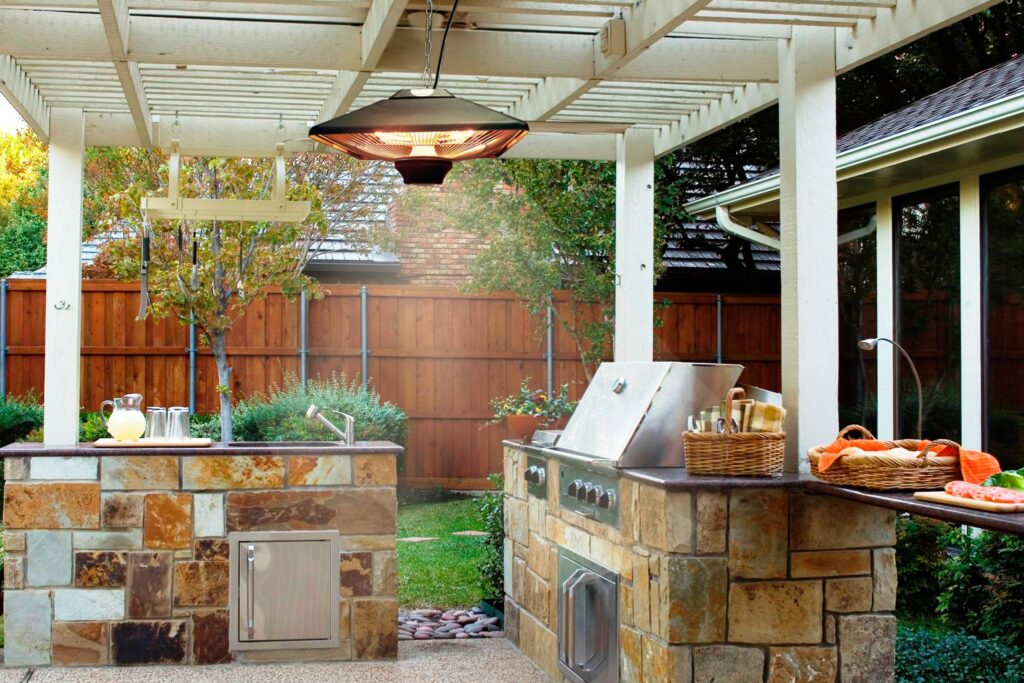What is the Best Way to Heat a Patio?
If you’re looking to extend your outdoor living space into the winter months, heating your patio is a must. But with so many outdoor heating options available, it can be difficult to determine which one is best for your space and needs. In this article, we’ll explore some of the top patio heating options and help you decide which one is best for your outdoor oasis.
Electric heaters are a popular choice for outdoor spaces because they are convenient, easy to use, and don’t require a fuel source. There are two types of electric heaters: infrared and radiant heat. Infrared heaters use infrared technology to warm up the surrounding area quickly, while radiant heat provides a steady stream of heat. Both options can be wall mounted or floor-standing, and some are even designed to be portable. Electric patio heaters are ideal for covered patios or smaller outdoor living spaces since they don’t emit harmful fumes or require proper ventilation.
Propane heaters, on the other hand, use propane gas as a fuel source and are often used for larger outdoor spaces. Propane heaters come in several varieties, including freestanding, tabletop, and wall-mounted options. They also come in a range of sizes and heat outputs, so consider the square footage of your patio when selecting a propane heater. Before purchasing a propane patio heater, make sure you have a safe place to store the propane tank and that it is properly connected to the heater.
Wood-burning fire pits are a popular choice for those who prefer a more rustic ambiance and want to roast marshmallows on chilly nights. But if you’re looking to heat your patio, wood-burning fire pits may not be the best option. While they produce an impressive amount of heat, they require a constant fuel source and proper ventilation. Additionally, they aren’t very efficient in heating a large outdoor space.
Another option is gas fire pits, which are easier to use and provide a cleaner burn than wood-burning fire pits. They come in both freestanding and built-in options and can be fueled by natural gas or propane. Gas fire pits provide significant heat output and are ideal for those who want a permanent heating option on their patio.
In conclusion, when selecting the best way to heat your patio, consider the size of your space, your preferred heating source, and your overall aesthetic. Electric heaters are a popular choice for smaller patios, while propane or natural gas heaters are better suited for larger outdoor living spaces. Wood-burning and gas fire pits are perfect for a cozy atmosphere, but they require fuel and proper ventilation. Whatever option you choose, make sure it is safe, efficient, and will keep your patio warm during the winter months.
Your Guide to Outdoor Patio Heating
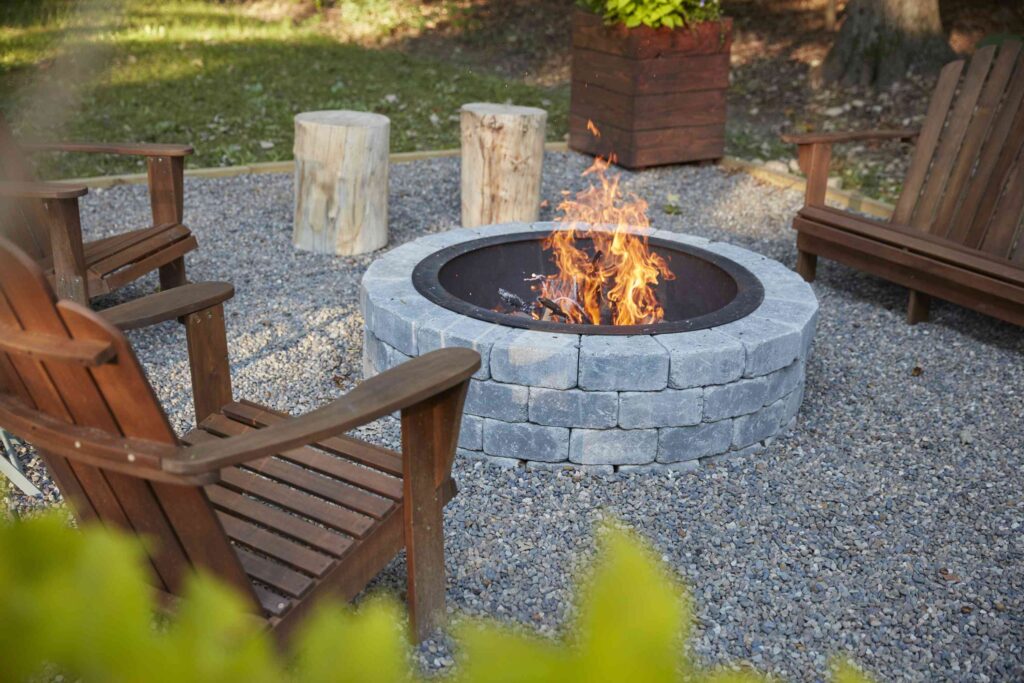
As the temperature drops and the winter months approach, it’s essential to consider the best way to keep your outdoor living space warm and comfortable. From electric and propane heaters to wood-burning and gas fire pits, there are several ways to heat your patio.
Electric patio heaters are a popular choice for small outdoor spaces, such as balconies and covered patios. They are easy to use and don’t require a fuel source, making them a convenient option for those looking for a hassle-free heating solution. Electric patio heaters come in two types: infrared and radiant heat. Infrared heaters use advanced infrared technology to warm up the surrounding area quickly, while radiant heat provides a steady stream of warmth. Both options can be wall-mounted or floor-standing, and some are designed to be portable, making them an ideal choice for those on the move.
Propane heaters are another viable heating option for outdoor spaces. They use propane gas as a fuel source and can generate significant heat output, making them an excellent choice for larger patios. Propane heaters come in various sizes, styles, and shapes, including freestanding, tabletop, and wall-mounted options. When selecting a propane heater, consider the square footage of your outdoor living space and ensure that you have a safe place to store the propane tank.
For those who prefer a more traditional approach to outdoor heating, wood-burning fire pits are an excellent choice. They create a cozy ambiance and are perfect for roasting marshmallows while enjoying the chilly winter evenings. However, wood-burning fire pits require a constant fuel source and proper ventilation, making them less efficient in heating a large outdoor space.
Another outdoor heating option is gas fire pits. They are easier to use and provide a cleaner burn than wood-burning fire pits. Gas fire pits come in both freestanding and built-in options and can be fueled by natural gas or propane. They offer significant heat output and are ideal for those who want a permanent heating option for their outdoor living space.
When choosing an outdoor patio heating source, consider your fuel source, heat output, style, and budget. Ensure that your heating option is safe, easy to use, and efficient at heating your outdoor living space. With the right patio heating option, you can enjoy your outdoor living space even during the cold winter months.
Safety Tips for Using Patio Heaters
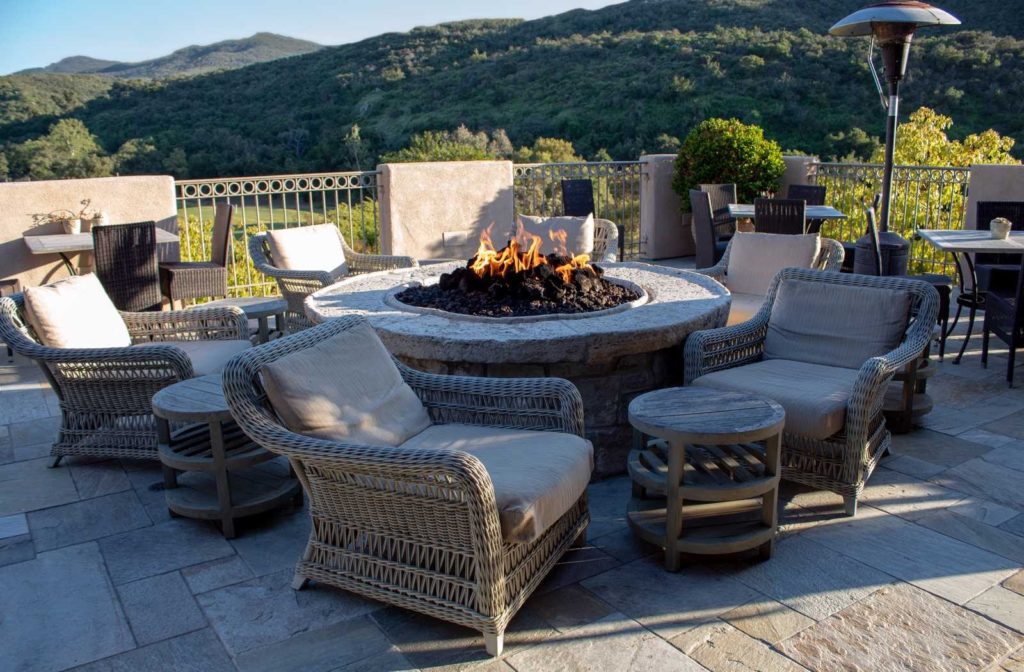
When it comes to enjoying your outdoor living space, patio heaters are an excellent way to stay warm and cozy on chilly evenings. However, while they are a convenient and efficient source of heat, it’s essential to remember that they can pose some safety hazards if not used correctly. Here are some safety tips for using patio heaters to ensure that you and your loved ones can enjoy cozy evenings without any accidents.
1. Place the Patio Heater on a Flat, Stable Surface
Your patio heater should always be placed on a flat, stable surface to avoid it from tipping over. If you’re using a freestanding patio heater, it should be placed on a level surface that is firm and sturdy. Additionally, make sure that the surface the heater is placed on is not flammable, such as wood or dry grass.
2. Keep the Heater Away from Flammable Objects
Ensure that the patio heater is positioned a safe distance away from anything that can catch fire, such as curtains, furniture, or plants. Experts recommend keeping flammable items at least three feet away from the heater.
3. Use the Patio Heater in a Well-Ventilated Area
Patio heaters emit carbon monoxide, so it’s vital to use them in a well-ventilated area. Make sure that there is proper ventilation, especially when using propane-fueled heaters. It’s also a good idea not to use the heater in an enclosed patio or indoor space as this can cause a buildup of carbon monoxide gases.
4. Check the Fuel Source
Before starting the patio heater, ensure that you check the fuel source. If you’re using a propane heater, ensure that the tank is not leaking, and the connections are secure. If you’re using an electric heater, make sure that the cord is not frayed or damaged.
5. Turn Off the Heater When Not in Use
When you’re not using the patio heater, ensure that you turn it off and unplug or turn off the propane source. Additionally, make sure that the heater has cooled down completely before attempting to move or store it away.
By following these safety tips, you can enjoy your patio heater without any concerns. It’s also essential to consult the manufacturer’s manual for all safety instructions and tips before using the heater. With proper usage and care, patio heaters can be an excellent addition to your outdoor living space to enjoy cozy evenings with your family and friends.
Infrared Models
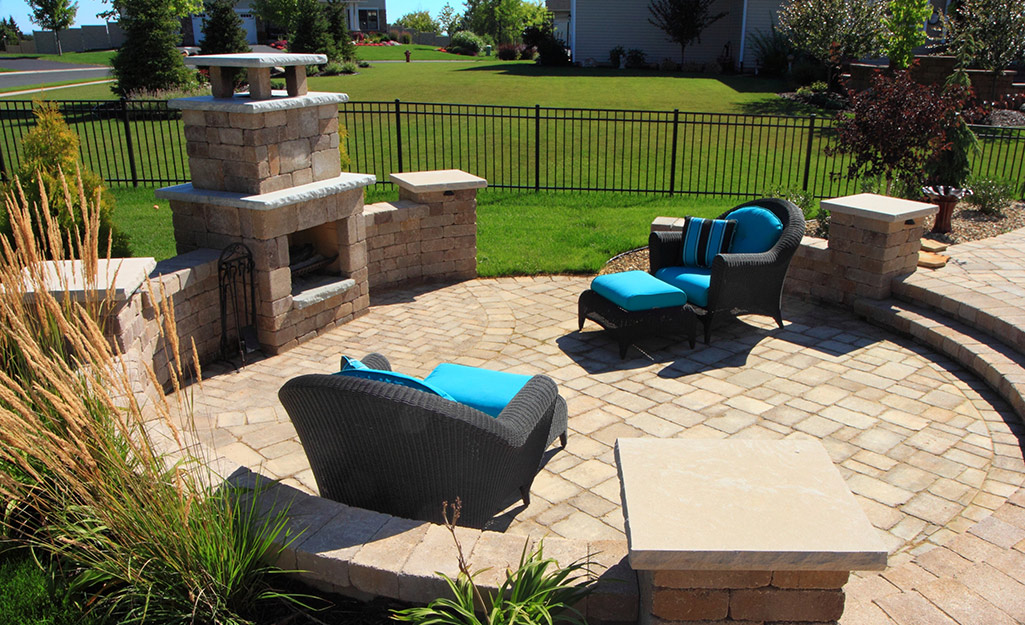
Infrared heaters have been gaining popularity over the years as one of the best ways to heat a patio. These models are designed to emit infrared radiation, which heats the area around them without actually warming up the surrounding air. This makes them incredibly efficient as they do not waste energy heating up air molecules that may dissipate quickly. Let’s take a look at some of the advantages of using infrared models as a patio heating option.
Firstly, infrared models are incredibly efficient. They can provide heat quickly and economically, resulting in lower energy bills. Additionally, they require less maintenance and have a longer lifespan than other types of heaters. They are easy to install and come in a variety of sizes and designs, so you can choose the perfect option for your patio.
Another benefit of these models is that they provide targeted heat. Unlike other heating options like central heating or fireplaces, infrared models emit heat in a specific direction, making them ideal for heating specific areas of your patio. You can adjust the direction of the heat with just a simple adjustment of the heater, ensuring that you are not heating any unnecessary areas.
Infrared models are also incredibly safe. They do not emit any harmful gases when in use, making them a safe option for outdoor patios. You can set up your infrared patio heater in a covered patio or outdoors without having to worry about ventilation or any toxic fumes.
Finally, infrared heaters are incredibly versatile. Most models come with adjustable heat settings, allowing you to adjust the heat output to suit your needs. Additionally, they come in a wide array of styles and designs, so you can choose the perfect model that matches the aesthetic of your outdoor living space.
In conclusion, infrared patio heaters are an excellent option for those looking to heat their patios efficiently, economically, and safely. They provide targeted heat, are easy to install, and come in various styles and designs. Make sure to keep these advantages in mind when considering heating options for your outdoor living space.
Fire Torches

Fire torches are a great way to add warmth and ambiance to any outdoor space. These outdoor lighting fixtures come in all shapes and sizes, and can be fueled by oil, gas, or other types of fuel. They can be fixed to the ground, mounted on walls or poles, or carried around – making them a versatile choice for all types of outdoor settings.
One of the key benefits of fire torches is the warm, flickering light they provide. This type of lighting can create a warm and inviting atmosphere that is perfect for outdoor dinner parties, social gatherings, or simply relaxing with a good book. Additionally, the light they produce can help deter insects and other pests that are attracted to artificial lighting.
Also, fire torches can be used for both functional and decorative purposes. They can provide light to illuminate walkways or highlight landscaping features, offering an elegant touch to the outdoor space. Additionally, they can also be used to create focal points, bringing attention to certain areas of the yard or patio.
However, when using fire torches, it is important to keep safety in mind. Always make sure to place them in a secure location, away from flammable materials like curtains or hanging plants. Additionally, it is recommended to keep a fire extinguisher nearby at all times, just in case.
Overall, fire torches are a great addition to any outdoor space. They provide a warm and inviting atmosphere that can enhance the ambiance of any outdoor gathering. With the proper precautions taken, they can be a safe and enjoyable addition to your outdoor living area.
Chimeneas
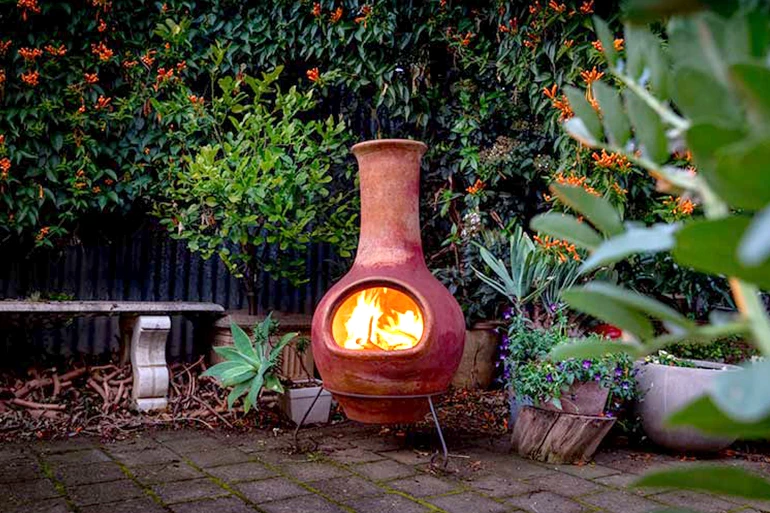
Chimeneas, also known as chimineas or outdoor fireplaces, have been a popular outdoor heating option for centuries. Originating in Mexico, these earthenware clay or cast iron fireplaces have made their way into popular culture around the world.
One of the key benefits of chimeneas is their ability to provide warmth and light to outdoor spaces. Their unique design allows for smoke to be channeled up and away from the user, providing a comfortable and enjoyable outdoor experience. Additionally, they can be used year-round, making it possible to enjoy outdoor living even in colder weather.
Chimeneas also offer a range of design options to choose from. Whether you prefer a traditional clay design or a modern cast iron style, there are plenty of options available to fit any outdoor decor. Additionally, many chimeneas come with unique features such as grilling grates or spark screens, allowing for a versatile outdoor cooking experience.
When considering purchasing a chimenea, it is important to keep safety in mind. Always make sure to place it in a secure location, away from flammable materials and high-traffic areas. Additionally, make sure to use appropriate fuel sources and monitor the fire at all times.
Overall, chimeneas offer a unique and enjoyable outdoor heating option that can enhance any outdoor living space. With their range of design options and practical features, they are a great choice for anyone looking to add warmth and ambiance to their outdoor experience.
Ideas for Small Spaces
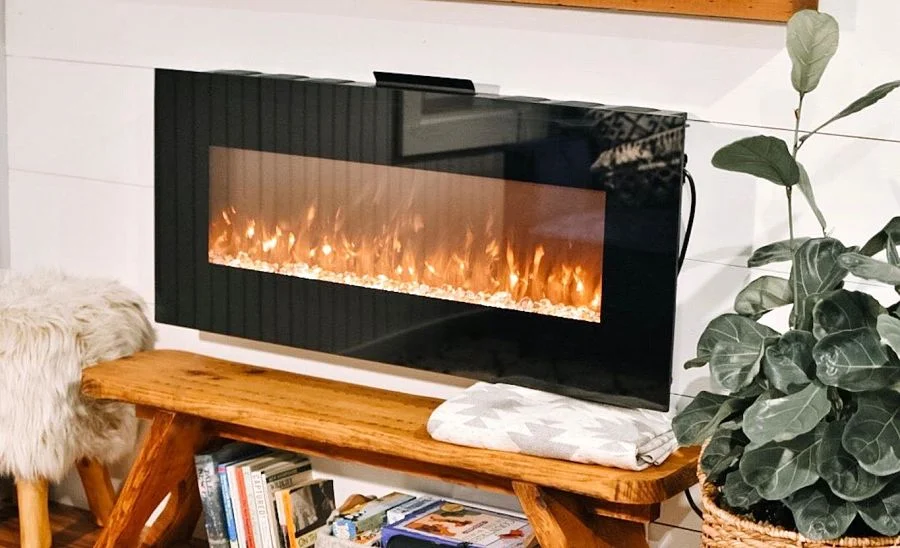
Living in a small space can be a challenge, but with the right ideas, you can turn your cramped quarters into a stylish and functional home. Here are some ideas for maximizing space in small areas:
1. Multifunctional furniture: From coffee tables that double as storage, to sofas that can be converted into beds, multifunctional furniture is a must-have in small spaces.
2. Flexible storage solutions: When space is at a premium, it’s important to utilize every inch. Look for adjustable shelves, hanging storage, and collapsible organizers to take advantage of every nook and cranny.
3. Mirrors: Mirrors instantly add brightness and depth to any room. Use mirrors strategically to expand the feel of your space and reflect natural light.
4. Wall-mounted items: Instead of occupying precious floor space, look for items that can be mounted on the wall, like bookshelves, floating desks, or even your TV.
5. Light colors: Light colors make a space feel larger and brighter. Stick to light-colored walls, furniture, and accessories to visually expand your space.
6. Vertical space: Look up! Utilize vertical space by hanging plants, putting up wall-mounted organizers, and adding tall bookshelves.
7. Folding furniture: Folding furniture can be a lifesaver in small spaces. Look for folding tables, chairs, and even beds that can be stored away when not in use.
8. Dual-purpose rooms: If you have a spare room, consider turning it into a dual-purpose space, like a home office and guest room.
9. Open-concept layouts: Knock down walls to create an open-concept space that flows from one area to another. This will make the space feel larger and more cohesive.
10. Minimalism: Lastly, embrace minimalism. Be ruthless with your belongings and only keep what you truly need and love. This will free up space and make your home feel more peaceful and organized.
Size and Placement
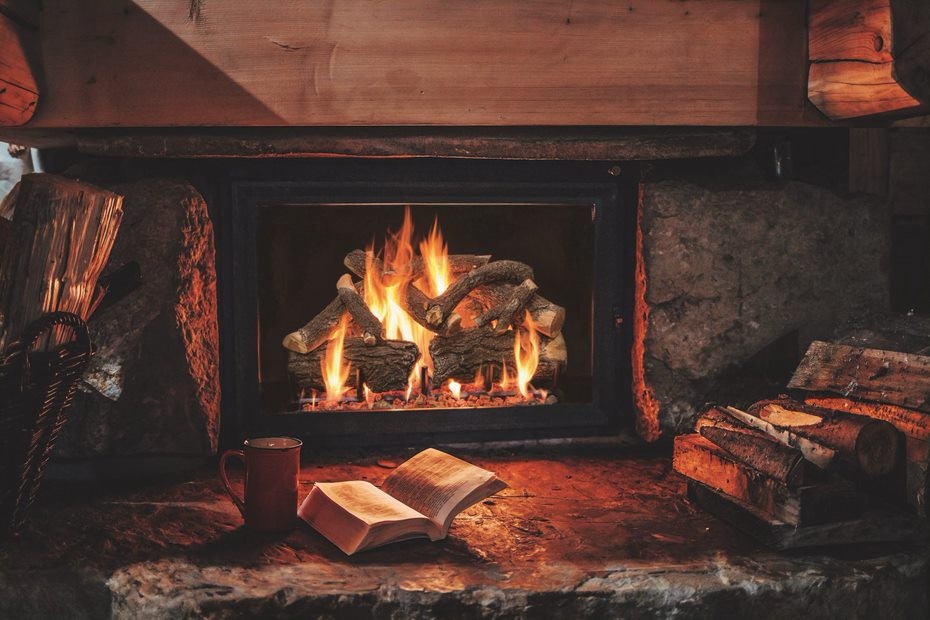
When it comes to heating your patio, there are many factors to consider, with size and placement being two of the most important.
First and foremost, you need to determine the size of your patio and the square footage you need to heat. This will help you determine the type of patio heater that is best suited for your needs. For smaller spaces, electric space heaters or tabletop heaters may be sufficient, while larger areas may require a more powerful propane patio heater or infrared model.
Once you have determined the size of your patio and the type of heater you need, it is important to consider placement. The placement of your patio heater is critical in ensuring that heat is distributed evenly throughout the space. Ideally, your patio heater should be placed in a central location that will provide even heat distribution throughout the entire patio.
If you have a covered patio or outdoor living space, additional considerations need to be taken into account. If you plan to use an outdoor fireplace or wood-burning fire pit, make sure that proper ventilation is in place to prevent smoke or fumes from becoming a safety hazard.
Another essential factor to consider is the power source. If you opt for a propane patio heater, you will need to have access to a propane tank. If you prefer an electric patio heater, make sure you have an available power source and that the heater is rated for outdoor use.
Finally, it is important to consider the aesthetics of your patio heater, especially if it is a permanent fixture. Look for patio heaters that complement the décor and theme of your outdoor living space.
In conclusion, size and placement are crucial factors to consider when selecting a patio heater for your outdoor space. By taking the time to carefully assess the size of your patio and its heating needs, and choosing the right placement and power source, you can create a warm, inviting outdoor living space that can be enjoyed all year round.
Heat Output and Efficiency
When considering how to heat your patio, it’s important to pay attention to both heat output and efficiency. Heat output refers to the amount of heat that a heater generates, while efficiency refers to how well a heater converts energy into heat. By paying attention to both of these factors, you can choose a patio heater that will keep you warm while minimizing your energy costs.
Heat output is generally measured in British Thermal Units (BTUs). A patio heater with a high heat output will be able to warm a larger area than one with a lower output. However, more heat output often means more energy consumption and higher costs.
When it comes to efficiency, there are several factors to consider. Gas heaters typically have higher efficiency ratings than electric heaters, as gas produces more heat per unit of energy consumed. Infrared heaters are also known for their high efficiency, as they emit radiant heat that is directly absorbed by people and objects in the patio space.
To determine the efficiency of a patio heater, look for its Energy Star rating or the Annual Fuel Utilization Efficiency (AFUE) for gas heaters. These ratings indicate how much of the input energy is actually being converted into usable heat.
Another factor that affects efficiency is ventilation. Proper ventilation allows for efficient combustion of fuel, reducing energy waste and minimizing the risk of carbon monoxide poisoning. Be sure to provide adequate ventilation if using a gas or wood-burning patio heater, and avoid using heaters indoors.
Ultimately, finding the right balance between heat output and efficiency depends on your individual needs and preferences. If you have a small patio, for example, a lower BTU electric heater may be a more efficient and cost-effective option. On the other hand, if you have a larger patio and plan to entertain frequently during colder months, investing in a high-output gas or infrared heater may be a better choice.
By taking both heat output and efficiency into account, you can ensure that your patio heater keeps you warm and comfortable without breaking the bank.
Fuel Source and Power Source
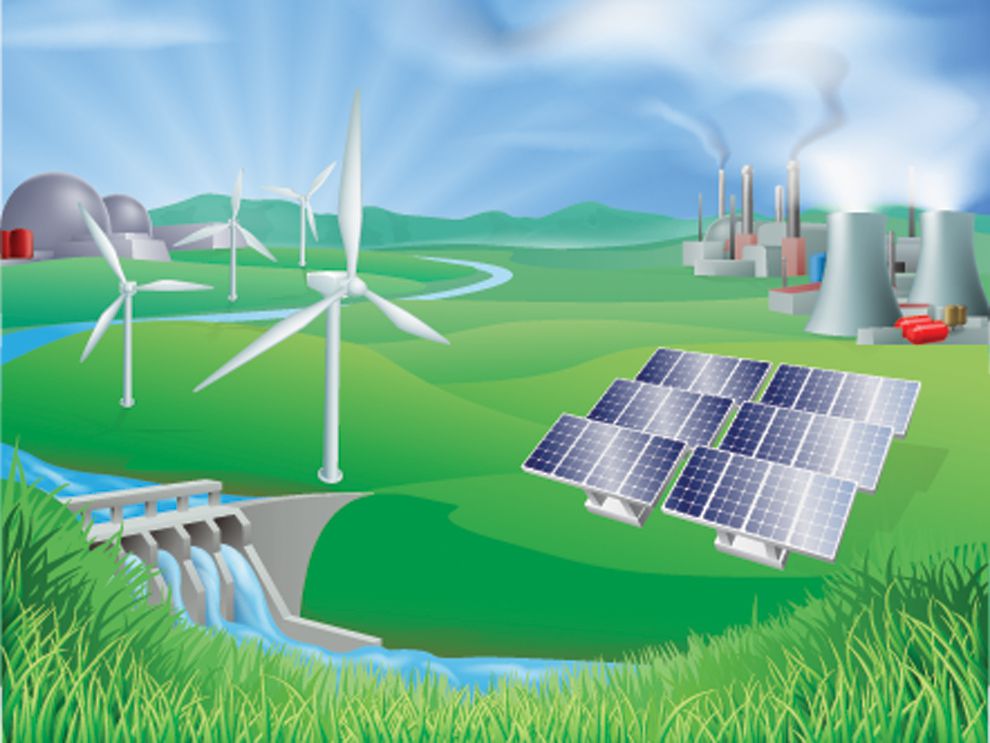
When it comes to heating your patio, selecting the right fuel source and power source for your heater can make a significant impact on both the functionality and efficiency of your outdoor living space.
Fuel sources for outdoor heaters typically include propane, natural gas, or wood. Propane and natural gas heaters are popular options because they offer reliable and consistent heat output without the need for constant refueling. In addition, propane and natural gas heaters can typically be connected directly to your home’s gas line for easy operation.
Wood-burning fire pits and outdoor fireplaces offer a traditional, rustic touch to your patio space. However, they do require more frequent maintenance and refueling compared to propane and natural gas heaters. It’s important to note that wood-burning heaters can also produce more emissions and pollution, which should be taken into consideration when selecting a fuel source.
When it comes to power source, there are two main options: electric and gas. Electric patio heaters are powered by electricity and typically generate radiant heat through a heating element or infrared technology. They require a power source nearby, which may limit their placement on your patio.
Gas-powered patio heaters, on the other hand, use propane or natural gas to generate heat. They typically require a separate tank or utility hookup but offer more flexibility when it comes to placement on your patio. Gas-powered heaters often come in freestanding or tabletop models, allowing for easy mobility and convenience.
Ultimately, selecting the right fuel and power source for your patio heater comes down to personal preferences and needs. Consider the size of your patio space, frequency of use, and desired heat output when selecting a fuel source. As for power source, consider your access to electricity and gas utilities and your preferred heater placement on your patio. By carefully considering these factors, you can choose a heating solution that will keep your patio warm and inviting all year long.
Portable vs. Permanent Fixtures
When it comes to heating your outdoor living space, one of the first decisions you’ll need to make is whether to go with a portable or permanent fixture. Both options have their pros and cons, so it ultimately comes down to your specific needs and preferences.
Portable heaters are a great option if you want the flexibility to move your heater around your patio as needed. These heaters are typically lightweight and easy to move, so you can easily adjust their placement based on the direction of the wind or the location of your guests. They are also convenient to store when not in use, and you can take them with you when you move or go on vacation.
One of the downsides of portable heaters, however, is that they typically have a lower heat output and may not be powerful enough to fully heat your patio if it’s large or particularly cold outside. In addition, portable heaters often run on propane tanks, which can be expensive to continually replace.
Permanent fixtures, on the other hand, offer a more powerful and consistent heat source for your outdoor living space. These heaters are typically hard-wired into your electrical or gas line, which means you won’t have to worry about constantly refilling propane tanks or recharging batteries.
Permanent fixtures can also offer a more integrated and aesthetically pleasing look to your patio. For example, built-in fire pits or outdoor fireplaces can add a warm and inviting ambiance to your space while also serving as a focal point for gatherings with friends and family.
However, one downside of permanent fixtures is that they can be more costly to install and may require professional installation. In addition, if you move or decide to change the layout of your patio, you’ll need to make changes to the permanent fixture or leave it behind.
Overall, whether you choose a portable or permanent fixture will depend on your individual needs and priorities. If you value flexibility and convenience, a portable heater may be the way to go. But if you’re looking for a more powerful and integrated heating option, a permanent fixture may be a better choice.
Cost and Maintenance Requirements
When it comes to heating your outdoor living space, there are many factors to consider. Two of the most important are cost and maintenance requirements.
First, let’s talk about cost. Portable heaters are typically the most affordable option, with prices ranging from $50 to $200 depending on the model and features. However, keep in mind that you will also need to factor in the cost of propane tanks or electricity to operate the heater. If you opt for a permanent fixture, you can expect to pay anywhere from $500 to $5,000 or more depending on the type of heater and installation requirements.
Next, let’s discuss maintenance requirements. Portable heaters are relatively low maintenance, requiring only periodic cleaning and occasional replacement of the propane tank or power source. However, if you live in an area with harsh winter weather or plan to use your heater frequently, you may need to conduct more frequent maintenance such as cleaning the heating element.
Permanent fixtures require more maintenance, particularly if you opt for a gas-powered heater. You will need to have the heater inspected annually to ensure that the gas line is functioning properly and there are no leaks. Electric heaters are generally easier to maintain, requiring only periodic cleaning and the occasional replacement of a heating element.
Ultimately, when deciding on the best heating option for your outdoor living space, it’s important to weigh both the cost and maintenance requirements. Consider your budget, the size of your patio, and how frequently you plan to use the heater. With proper care and maintenance, your heater can provide years of warmth and comfort in your outdoor oasis.
Infrared Technology in Outdoor Heaters
In recent years, infrared technology has become a popular option for outdoor patio heaters. But what exactly is infrared technology, and why is it so effective for outdoor heating?
Infrared technology uses electromagnetic radiation to directly heat objects and people, rather than just warming the surrounding air. This means that infrared heaters can provide more targeted and efficient warmth, even in outdoor spaces with high levels of wind or other elements that might otherwise quickly dissipate heat.
In fact, many outdoor enthusiasts swear by infrared heaters as the best way to stay warm during chilly winter months and enjoy their outdoor living spaces without feeling too cold or uncomfortable.
There are two main types of infrared outdoor heaters: electric and gas-powered. Electric infrared heaters use a heating element to emit radiation, while gas-powered models use a burner or flame to generate heat.
One of the biggest advantages of infrared technology for outdoor heating is its energy efficiency. Because it doesn’t rely solely on heating the surrounding air, infrared heaters are often able to provide warmth with less energy usage and waste than other types of heaters.
Another benefit of infrared technology is its versatility. Infrared heaters can be used to provide warmth in a wide range of outdoor spaces, from covered patios to open-air decks and more. They can also be used in conjunction with other heating sources, such as wood-burning fire pits or heated floors, to create a truly cozy and inviting outdoor living environment.
Of course, there are some drawbacks to infrared technology as well. For example, gas-powered infrared heaters can be expensive to install and maintain, and they require proper ventilation to avoid safety hazards like carbon monoxide buildup.
Similarly, electric infrared heaters may require special wiring or power sources to operate effectively, and they may not be suitable for larger outdoor spaces or areas with limited electrical access.
Ultimately, the best way to determine whether infrared technology is right for your outdoor heating needs is to consult with a heating professional or do some careful research on your own. With the right installation and maintenance, infrared heaters can be an effective and energy-efficient way to enjoy your outdoor living spaces year-round.

